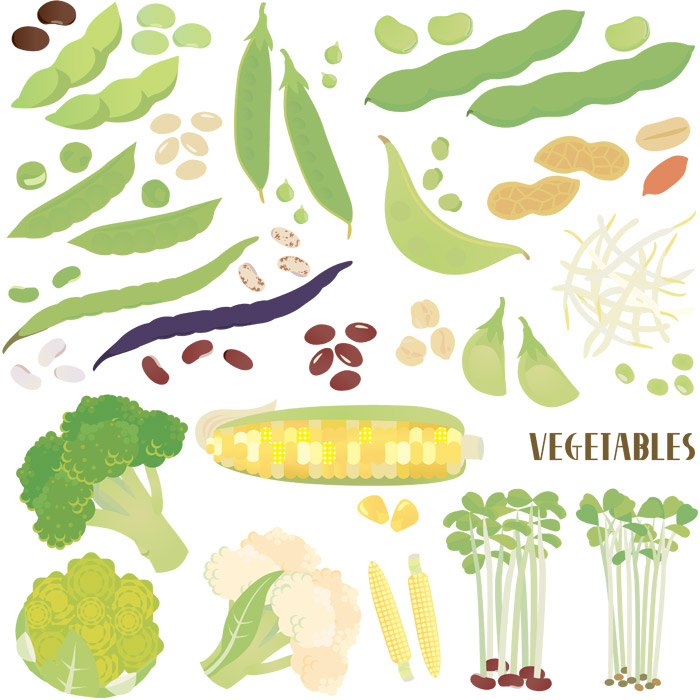Abstract
Attention is being focused on trends in vegetables (central wholesale) in Japanese agriculture. As per the December 2022 data, among pulses, snow peas was the highest traded at 697 tonnes. The value for this amount was 966,000 yen, or 1,390 yen per kilogram. These figures suggest that snow peas occupy an important position in the market. The high price also indicates that demand is relatively high. There are many reasons for the high demand for snow peas, but it could be due to their rich nutritional value and wide range of culinary uses. Snow peas are a hot commodity for farmers and industry players, and demand is expected to remain stable.
Quantity of beans.
When considering trends in vegetables (central wholesale) in Japanese agriculture, the quantity of beans is an important indicator. Looking at data from January 2006 to December 2022, edamame peaked in July 2006 at 6.39 kilotonnes. However, looking at subsequent trends, the current quantity of edamame has decreased to about 470 times the peak level. This suggests that there has been a major change in demand and production of edamame. This sharp decline can be attributed to factors such as market demand patterns and technological innovations in production. The significant decline in edamame production compared to its peak also suggests that demand and value may have declined relative to other vegetables. Considering these trends, agricultural stakeholders and policy makers will need to consider appropriate measures to respond to changing demand and market forces.


The maximum is 6.39kt[2006年7月] of Edamame, and the current value is about 470m%
Price of beans.
We will examine data by prefecture for December 2022 on the price of vegetables (central wholesale) in Japanese agriculture. The largest item overall was edamame, with a price of 3.66 million yen, which is the latest value. These figures show that edamame has a higher market value than other vegetables. Edamame is used in many dishes and forms of consumption and is in high demand, so market prices may be rising accordingly. On the other hand, what trends are seen for other vegetables? It is important to analyze price fluctuations and demand trends for each vegetable based on past data. You also need to take into account price differences between prefectures and regional characteristics. A comprehensive understanding of this information will help agricultural stakeholders and policy makers understand market trends and develop appropriate strategies.


The maximum is 3.66Myen[2009年8月] of Edamame, and the current value is about 1.07%
Prices of pulses.
We will examine price trends of vegetables (central wholesale) in Japanese agriculture. Among pulses, snow peas achieved a record price of Rs 2,910 per kilogram in September 2016, according to data covering the period from January 2006 to December 2022. However, looking at subsequent trends, the current price of snow peas has fallen to 47.6% of its peak price. This sudden price fluctuation can be attributed to a variety of factors. Changes in demand, increases or decreases in production volume, and weather conditions all affect prices. The decline in snow pea prices from their peak is likely due to a drop in demand and the influence of competitors. Also, price fluctuations in snow peas may be spreading to other vegetables. These price fluctuations are important to farmers and consumers, who need to respond sensitively to market trends. In order to forecast future demand and stabilize prices, information gathering and strategic responses are required.


The maximum is 2.91kYen/kg[2016年9月] of Snow peas, and the current value is about 47.6%
Pulse prices (latest).
Based on data from January 2022 to December 2022, we will examine price trends of vegetables (central wholesale) in Japanese agriculture. Among pulses, snow peas achieved a record high price of Rs 2,590 per kg in September 2022 during this period. However, looking at subsequent trends, the current price of snow peas has fallen to 53.6% of its peak price. Several factors are contributing to this sudden price fluctuation. These include the effects of weather conditions and seasonality, changes in supply and demand, and the influence of competitors. The reasons for the decline in snow pea prices from their peak include a drop in demand, increased production, and intensified market competition. It is also possible that this price fluctuation is spreading to other vegetables. Vegetable prices also have a significant impact on ordinary consumers and can affect their grocery budgets and spending behaviour. To respond to these price fluctuations, agricultural stakeholders and policymakers need to consider measures to improve demand forecasting and stabilize prices. It is necessary to respond sensitively to changes in the market and make efforts towards the development of sustainable agriculture.


The maximum is 2.59kYen/kg[2022年9月] of Snow peas, and the current value is about 53.6%



Comments